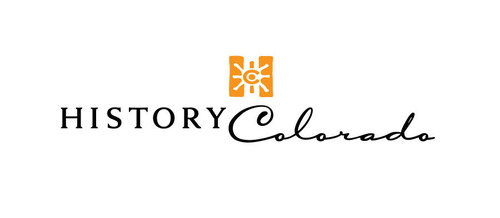This past legislative session, state representatives from across Colorado recognized the trauma of the boarding school legacy and the need to both acknowledge and understand Colorado’s history with federal Native American boarding schools and develop a roadmap for understanding. The legislature affirmed this through the passage of HB22-1327, the Federal Indian Boarding School Research Program Act, signed into law by Governor Jared Polis on May 24, 2022.
The act established the Native American boarding school research initiative and directed History Colorado to investigate in order to promote public understanding of the lived experiences of the students at the Fort Lewis Indian School in Hesperus, which operated from 1891 to 1911.
The full report as provided to CCIA Commissioners can be found at HistoryColorado.org.
Fort Lewis Indian Boarding School, Hesperus
The weight of the legislation focuses on uncovering the experiences of students at the Fort Lewis Indian Boarding School and conducting a survey of the former school grounds. Similar to the efforts at the Teller Institute, archival and remote sensing research will be employed to begin to answer basic questions about the students who attended the school and whether potential burial sites can be located. To date, History Colorado, through the state procurement process, is assembling a research team of qualified subject matter experts and is currently securing contracts to perform specific duties related to the legislation.
All future progress updates will be provided by History Colorado to the Colorado Commission of Indian Affairs (CCIA), the Southern Ute Indian Tribe and the Ute Mountain Ute Tribe at CCIA quarterly meetings.
The Teller Institute, Grand Junction
Efforts to uncover the experiences of Native students at the Teller Institute, which operated from 1886-1911, are ongoing. This past April a multi-nation tribal consultation was successfully completed. The consulting tribes provided guidance on appropriate research methods and spiritual protocols. Remote sensing investigations began in June and July with a tribal elder present to perform blessings and monitor the work. Additional phases of consultation and research are being planned.
Remote-Sensing Methods
Archaeologists have a suite of tools, referred to as remote sensing, that provides methods for identifying variations in the ground that either cannot be seen with the naked eye or are below the surface. Remote sensing is non-ground disturbing, meaning that soil and sediments are not excavated, dug, or removed in any way. Best practices for historic cemeteries are that multiple types of remote sensing are used to retrieve complimentary data and get a fuller picture of the area under investigation. Methods that may be used on the boarding schools include Ground Penetrating Radar (GPR); Magnetometer; LiDar; High Frequency Electromagnetics; or photogrammetry. Methods that are utilized are often dependent on the geology of the area under investigation.

